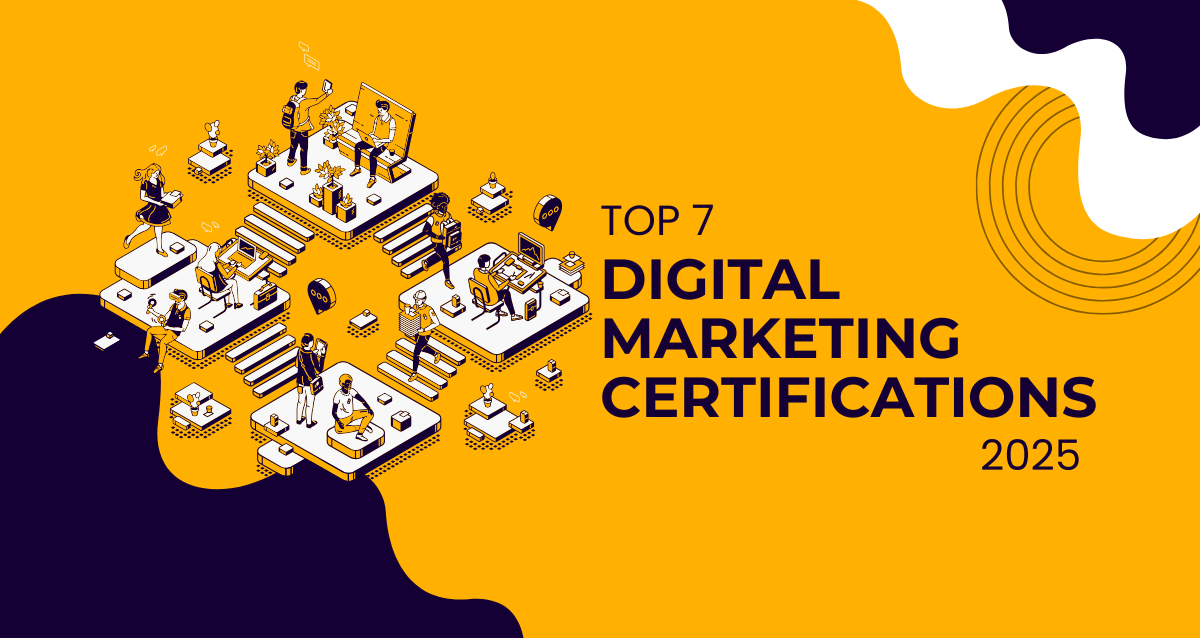
 28-Jul-2024
28-Jul-2024
The realm of technology is in a constant state of flux, and software development lies at the core of this transformative journey. As we step into the years 2024 and 2025, novel innovations are reshaping our perspectives on coding, design, and application functionality. To stay ahead in this dynamic landscape, it’s crucial to grasp the emerging trends that can either elevate or hinder your projects.
From artificial intelligence to low-code platforms, these forthcoming developments hold the potential to redefine efficiency and foster creativity in software development. Whether you’re an experienced developer or just dipping your toes into the tech pool, awareness of these shifts will empower you to adapt and thrive as the industry evolves. Let’s delve into the top ten pivotal software development trends that will shape our digital future!
Software development involves creating applications and systems that operate on computers and other devices. It encompasses a series of steps, from initial planning to final deployment.
At its core, software development combines engineering principles with creativity. Developers analyze user requirements and design solutions to meet those needs. This can include writing code and testing functionality.
Various methodologies guide this process, such as Agile or Waterfall. These frameworks help teams stay organized and efficient while adapting to changes along the way.
Collaboration plays a pivotal role in software projects. Developers collaborate with designers, project managers, and stakeholders to ensure alignment with expectations.
Given the rapid technological advancements, software development remains dynamic. New languages, tools, and practices emerge regularly, continually pushing the boundaries. As industries evolve, so does the landscape of software creation.
In today’s digital era, the significance of software development is undeniable. Every sector relies on technology to enhance efficiency and productivity. This growing dependence has revolutionized how businesses operate.
Organizations now make substantial investments in custom software solutions tailored to their specific requirements. These solutions drive innovation and streamline processes, providing companies with a competitive edge.
Furthermore, as consumer expectations escalate, so does the demand for high-quality applications. Users seek seamless experiences that are both intuitive and engaging. Software developers play a pivotal role in meeting these demands while ensuring functionality and performance.
Given the rapid evolution of markets, adaptability is crucial. Businesses must pivot swiftly to remain relevant. Robust software development practices enable companies to respond effectively to changes in the environment or customer preferences.
The landscape continues to shift, underscoring the immense value of skilled developers across various industries.
Low-code and no-code platforms are revolutionizing the software development landscape. They empower individuals with limited programming skills to swiftly and efficiently create applications.
These platforms simplify traditional coding processes. Users can drag and drop components, making it accessible for non-developers to bring their ideas to life. This democratization of technology encourages innovation across various sectors.
Businesses benefit from enhanced agility. With these tools, they can rapidly prototype solutions, respond more quickly to market changes, and reduce costs associated with lengthy development cycles.
Furthermore, professional developers are not sidelined. Instead, they utilize these platforms for routine tasks while focusing on more intricate projects that demand deeper expertise.
As adoption continues to grow, anticipate even more advanced functionalities in low-code/no-code solutions. This trend reflects a shift toward collaborative environments where technical knowledge seamlessly intersects with creativity.
The Internet of Things (IoT) is transforming industries in ways we could only imagine a few years ago. Smart devices are connected like never before, sharing data and improving efficiency.
Manufacturing has seen significant advancements. IoT sensors monitor machinery, predicting failures before they happen. This proactive maintenance reduces downtime and boosts productivity.
In agriculture, IoT solutions help farmers optimize water usage and track crop health in real time. The result? Higher yields with fewer resources wasted.
Healthcare is not left behind either. Wearable devices collect patient data continuously, allowing for personalized treatment plans and quicker responses to emergencies.
Retailers are using IoT to enhance customer experiences through smart shelves and inventory tracking. Shoppers enjoy a seamless experience while businesses gain insights into purchasing behavior.
As technology evolves, its potential impact on various sectors will continue to grow exponentially, paving the way for innovative solutions that redefine how we work and live.
Edge computing is reshaping our approach to data processing. By bringing computation closer to the data source, it significantly reduces latency and improves response times. This proximity enables real-time functionality for applications.
As more devices connect to the Internet, the demand for efficient processing grows. Edge computing meets this need by distributing workloads across various edge devices, rather than relying solely on centralized cloud servers. This decentralization not only enhances speed but also optimizes bandwidth usage.
Industries like healthcare and manufacturing benefit from edge solutions. Critical tasks can be performed instantly without delays caused by distant data centers. Moreover, as IoT adoption rises, edge computing becomes essential for managing vast streams of information efficiently.
The ongoing evolution of software development must consider these shifts toward more localized computing strategies, paving the way for innovative applications that push boundaries further than ever before.
As the digital landscape evolves, cybersecurity takes center stage in software development trends. Companies now recognize that security breaches can have devastating effects on their reputation and finances.
Given the rising cyber threats, integrating robust security measures from the outset of the development process is crucial. Developers must prioritize secure coding practices to safeguard sensitive data.
Regulatory compliance also plays a significant role in shaping these strategies. Laws like GDPR and CCPA require organizations to adopt stringent security protocols. This compels developers to stay informed about legal requirements while building applications.
Moreover, user awareness is growing as individuals become more conscious of their online privacy. Consequently, there’s an increased demand for transparent and secure software among consumers.
Investing in advanced technologies, such as AI-driven threat detection systems, enables companies to proactively address vulnerabilities. By prioritizing cybersecurity now, businesses can protect their future against potential attacks.
Let’s explore how Augmented Reality (AR) and Virtual Reality (VR) are revolutionizing modern training programs:
In summary, mastering AR and VR tools is essential for developers aiming to stay ahead in this rapidly evolving field, where innovative solutions redefine customer experiences through software development. Companies investing in these technologies gain competitive advantages and transform training and product development processes.
Let’s explore how the ever-changing tech landscape impacts software developers and why continuous learning is crucial:
Remember, as a developer, your commitment to learning ensures you thrive in this ever-evolving field!
As we look ahead to 2024 and 2025, the landscape of software development is poised for significant change. The trends highlighted reveal a shift towards more intuitive, efficient, and secure methods of creating software solutions. From the integration of artificial intelligence in streamlining processes to the rising popularity of low-code/no-code platforms making development accessible for non-developers, there’s an increasing focus on innovation.
Cloud computing continues to provide flexibility and scalability while supporting the rapid expansion seen with IoT technologies. Edge computing emerges as a vital component in handling data processing closer to its source, ensuring faster responses that are crucial in today’s real-time environments.
Moreover, cybersecurity is becoming a central concern as digital threats evolve. Developers must now think proactively about security measures from the start rather than treating them as afterthoughts.
The incorporation of augmented reality (AR) and virtual reality (VR) into applications adds another layer of engagement in user experience design. As these technologies develop further, they will open new avenues for businesses across various sectors.
Continuous learning remains essential for developers navigating this fast-paced field. Keeping up with emerging tools and methodologies ensures adaptability amidst constant changes.
Staying informed about these software development trends not only enhances individual skill sets but also empowers organizations to remain competitive in an evolving marketplace. Embracing innovation can lead your business toward greater success while fostering creativity within your teams.


19-Sep-2025


9-Sep-2025


14-Aug-2025